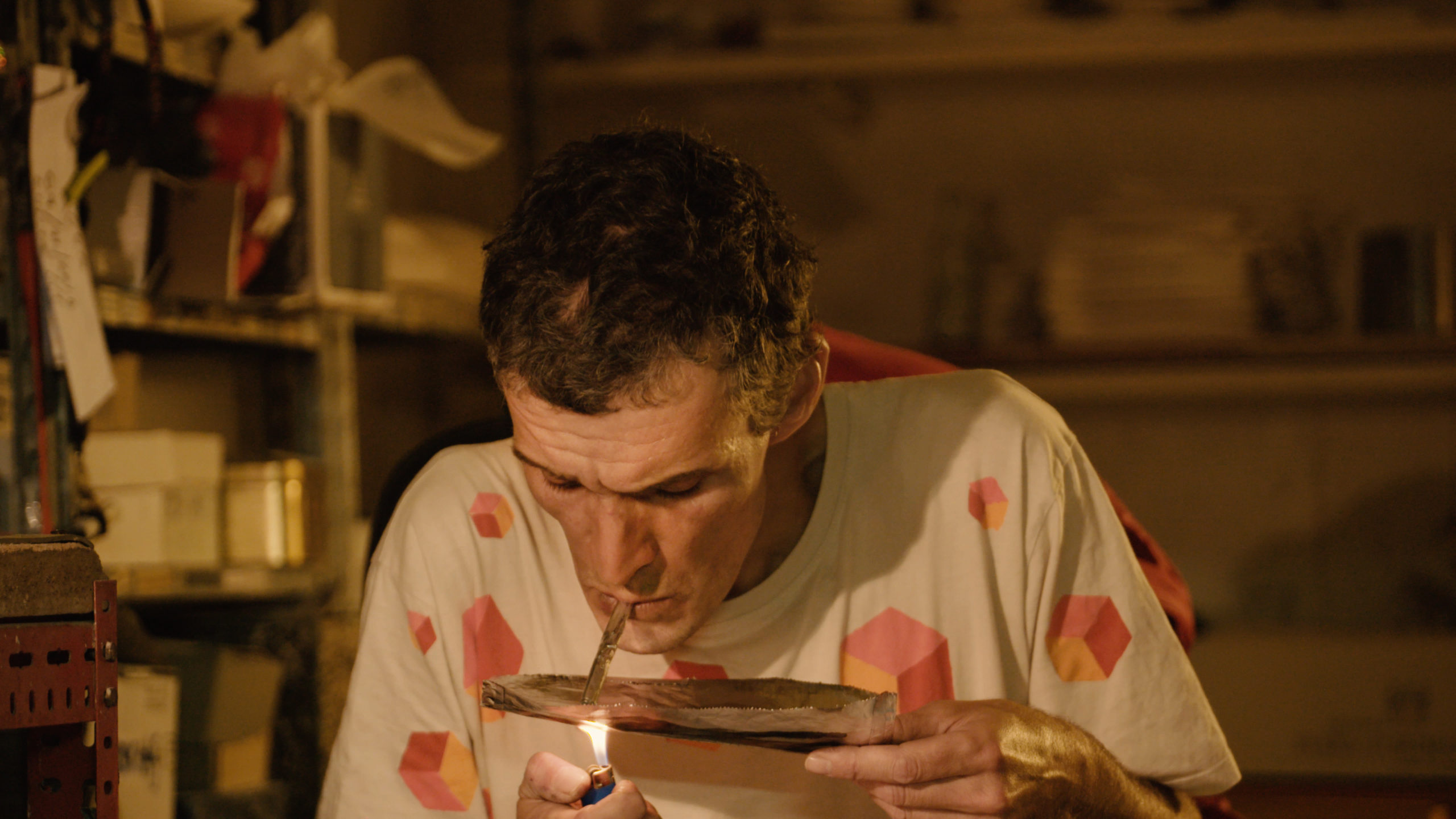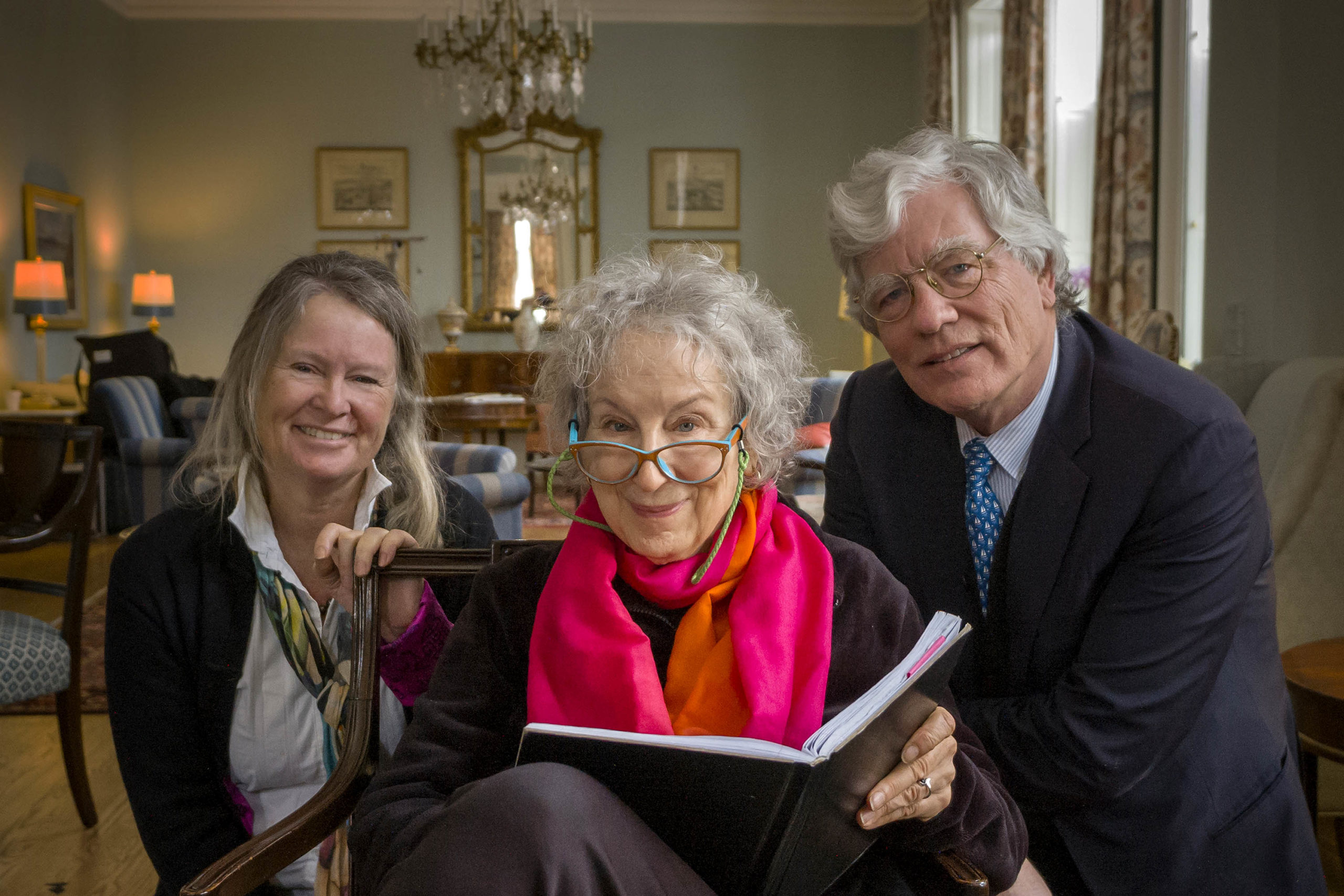“I didn’t want to make another film that exploited drug use,” says Rat Park director Shawney Cohen. “There are a lot of films and television shows like Intervention that go into a house, talk to a user, film them using drugs, and talk to the grieving parents. These types of documentaries have the wrong message.”
Cohen tackles the opiate crisis from a sociological perspective in the new documentary Rat Park. While the doc features one or two sobering and objectively shot instances of people using drugs, it looks beyond the personal to examine the political. The film traverses over 10,000 km and three countries to show audiences the best and the worst examples of drug policy in action in Portugal, the USA, and the Philippines.
Rat Park draws inspiration from Bruce Alexander’s study of the same name. The film explains how Alexander examined the behaviour of rats by offering them access to liquid morphine in different environments. Rats in cramped single-unit cages with few stimulants or opportunities to socialize tended to become addicted to the drug, whereas rats in livelier open cages generally limited their usage to recreational drops.
Encountering the experiment during his research on the opiate crisis, Cohen describes a flash of genius while discovering a new angle for a film. “Rats aren’t necessarily similar to humans in terms of social structures, but metaphorically, it made sense,” explains Cohen. “If you put rats in cages and they have the option to do heroin or water, they’ll gravitate towards heroin because there’s nothing else to do. But if you put them in a place that’s like a utopia, they can have sex, raise each other’s children, and have all this space to play. They just live a much healthier life.”
The Manor and Addiction
Addiction is a recurring theme in the documentaries of Shawney Cohen, who introduced himself to audiences with Hot Docs 2013 opening night film The Manor, the Grey Gardens -like film that observed his parents and their family-owned strip club. “The Manor was also a film about addiction in a way,” observes Cohen when asked on the parallels between his first feature and his most recent doc. “My mother was grossly underweight and struggling with anorexia at the time of filming and my father was 200 or 300 pounds overweight. I have noticed a trend in my films since working for Vice where I’ve had the ability to pick and choose projects. Since The Manor, addiction has become an underlying layer of my work.”
THE MANOR – a feature documentary from Six Island Productions on Vimeo.
Rat Park continues a recent string of documentaries that Cohen has made with Vice tackling drug use and drug policy. He sees his latest film as a natural extension of his previous documentaries. “One of the first documentaries I did on drugs was Dopesick,” says Cohen. “I’d never made a drug documentary, so I didn’t know what to expect. I went into it blind, followed several users in Calgary, and found out they were using fentanyl.”
Cohen says that following these users prompted observations that are central to Rat Park. “I didn’t judge,” says Cohen. “I just filmed them on a daily basis and documented their lives. They were very bright kids. They just got caught up in bad social circumstances.” The progression of his work illustrates how the deeper questions come from immersing oneself in the issues, researching the topics and understanding the social factors that contribute to individual actions. “When I continued making drug docs, I realized that there were recurring themes,” observes Cohen. “The environment often came into play with the people using.” Cohen cites factors like high unemployment, depression, boredom, and, desperation as key elements underlying drug use, much like what Alexander observed seeing lonely and unstimulated rats turning to excessive heroin use while active, healthy, and social rats used it sparingly, if at all.
The Cast of Rat Park
The film focuses on three central characters who extend the rat park metaphor to human environments and the policies that shape them. Justin Kunzelmann in Palm Beach, Florida guides Cohen through the epicentre of the opiate crisis and draws upon his own experience with addiction and recovery to provide users access to safe spaces and harm reduction methods. Photojournalist Vincent Go takes Cohen through the slums of Manila to show the brutal evidence of President Rodrigo Duterte’s war on drugs that puts users in the crosshairs. In sunny Lisbon, Cohen observes Tiago Praca, an artist who has been living an active, relatively stable life while using heroin and crack daily. Each story illustrates how one’s environment shapes a person’s relationship with drugs.
Cohen says it simply came down to having a good team of researchers and hunkering down on Facebook when selecting his three central characters. “I wanted to consider the safest and best place in the world to do drugs and the most dangerous,” explains Cohen. “Then it was just a matter of finding characters who could be a vehicle to help tell that story.”
Of the three storylines, the scenes in Lisbon find perhaps the most compelling character in Tiago as Rat Park studies the impact of drug policy on an individual. “Tiago was interesting because he is a celebrated ceramic artist and potter who’s been using heroin and crack for 20 years every day and is still very functional,” observes Cohen. “He had his own problems, but I like how he is the exact opposite of someone you’d expect to be using in comparison to other places in the world.” The film objectively observes Tiago smoking drugs before delving into his creative process. The point isn’t to exploit Tiago, but rather to illustrate how Portugal’s decriminalization of drugs portrays the artist as a patient or user, rather than a criminal or pejorative “addict.” The difference between Tiago smoking drugs in his studio and, say, a writer typing an article while enjoying a glass of wine is one of nuance and context.
On the President’s Orders
In the Philippines, Go plays less of a leading role as his work provides an entry point for a collective study. He takes the filmmakers to various corners of Manila, including the ironically named slum Happyland with a dense user-per-capita ratio, and helps Cohen and his crew interview families who’ve lost loved ones to violence. Rather than deal with the social conditions that lead to drug use, or proactively help people overcome addiction, Duterte issues brazen shoot to kill orders on users.
Cohen says that landing on one protagonist for the Philippines was more difficult than in the storylines for Florida and Portugal due to the dangers and violence associated with Duterte’s war on drug users. “For instance, there was a scene in the film where someone was shot supposedly for using drugs,” says Cohen, recalling a riveting moment in the film in which an interview is interrupted by news of a nearby shooting. “We rolled up on the scene and this guy was bleeding out on the street—he was clearly dead. The police had just gotten there and we were also the first on the scene. We noticed that a lot of the officers who came right away started filming us. That worried me.” Despite the dangers and ever-present threat of violence, the proximity to Duterte’s enforcers furthers the film’s sociological study.
“You begin to learn these little nuances about what happens in the Philippines when people are murdered for using,” observes Cohen. “A lot of the murders happened around five or six o’clock—around rush hour—because the traffic problem in Manila is ridiculous. It takes police forever to get to a crime scene in traffic.” Cohen adds that Rat Park navigated the ins and outs its locations by securing several members of the crews that assisted the late Anthony Bourdain on his documentary shoots.
Housing vs. Cages
Although Cohen originally considered telling the story in three distinct chapters, Rat Park crosscuts between the stories to allow the three environments to play off one another and to illustrate the range of attitudes toward drug policy. Shots of the landscapes and cityscapes figure prominently as Cohen situates the audience within the different worlds. One can’t help but notice the visual parallels between the cities and the rat parks of Alexander’s experiment as housing inevitably plays a role.
“My editor [Danny Palmer] pointed out that a lot of the environments we filmed mimicked rat park in terms of cages and beautiful expansive areas,” says Cohen. “In Portugal for instance, the environment was beautiful. It was sunny. Whereas in the Philippines, a lot of the prevalent drug users were in cramped, tight quarters.” Cohen says that Happyland’s high population density and scarcity of resources offered a chilling equivalent to the caged environment of Alexander’s study that saw rats lapse into addiction. “Housing environment is a major factor in addiction and drug use,” says Cohen.
Changes in Perspective and Policy
By interviewing these stories of addiction and their surrounding environments, Cohen hopes that Rat Park helps change the conversation on drug policy by offering portrayals of drug use that run counter to the images audiences see in other documentaries. “People and policy makers watch these films and they form the wrong opinions,” says Cohen. “They make bad policy based on the wrong information. They look at exploitative material and make bad judgments. Audiences should understand what the governments are doing and understand how these policies and ideas effect everyday drug use.”
The stories and interviews in Rat Park, which includes conversations with additional experts like Carl Hart, who furthered Alexander’s rat park study by applying it to humans using crack cocaine and meth, illustrate how communities need to challenge their preconceptions about drug culture. “We need to start understanding why people are dying,” says Cohen. “The reason people are dying is because they’re using bad street drugs. Fentanyl on the street is very dangerous. If the supply is regulated and there is the ability for people to use drugs in a safe manner, I believe people won’t die in the same numbers that they’re dying today. We’re beginning to see this philosophy permeate North America.”
When asked how the Canadian government’s legalization of cannabis relates to the questions raised by Rat Park, Cohen says that he began filming roughly a year ago when legalization began, but he didn’t want to make a film about cannabis. “I think we’re beginning to understand the importance of at least decriminalizing drugs and it can be hard to wrap your head around the idea that we should maybe legalize drugs or make them readily available,” says Cohen, adding that there are additional problems with the bureaucracies and rollout of the cannabis laws that make for a different documentary. “But, in principle, we’re beginning to understand that cannabis is a substance that people want to use similar to alcohol. If we examine drug use from that perspective, I think we’ll understand that decriminalization isn’t necessarily what people think it is.”
Rat Park screens at Hot Docs Ted Rogers Cinema in Toronto on Nov. 1 with Shawney Cohen and Bruce Alexander in attendance.
It has its world broadcast premiere on Crave, Nov.4.












